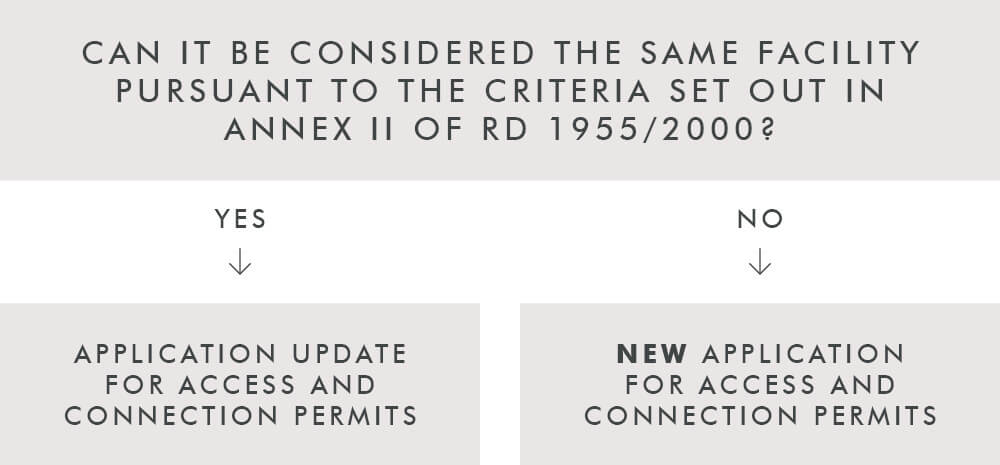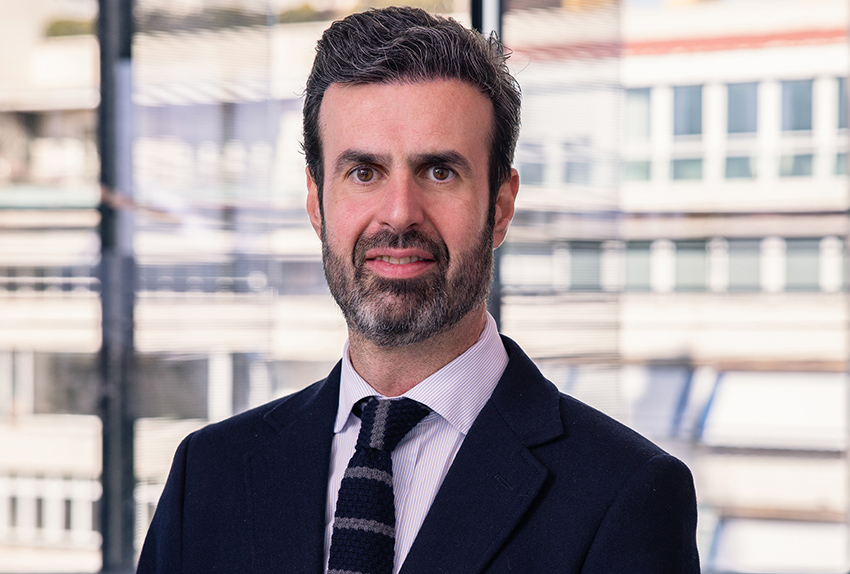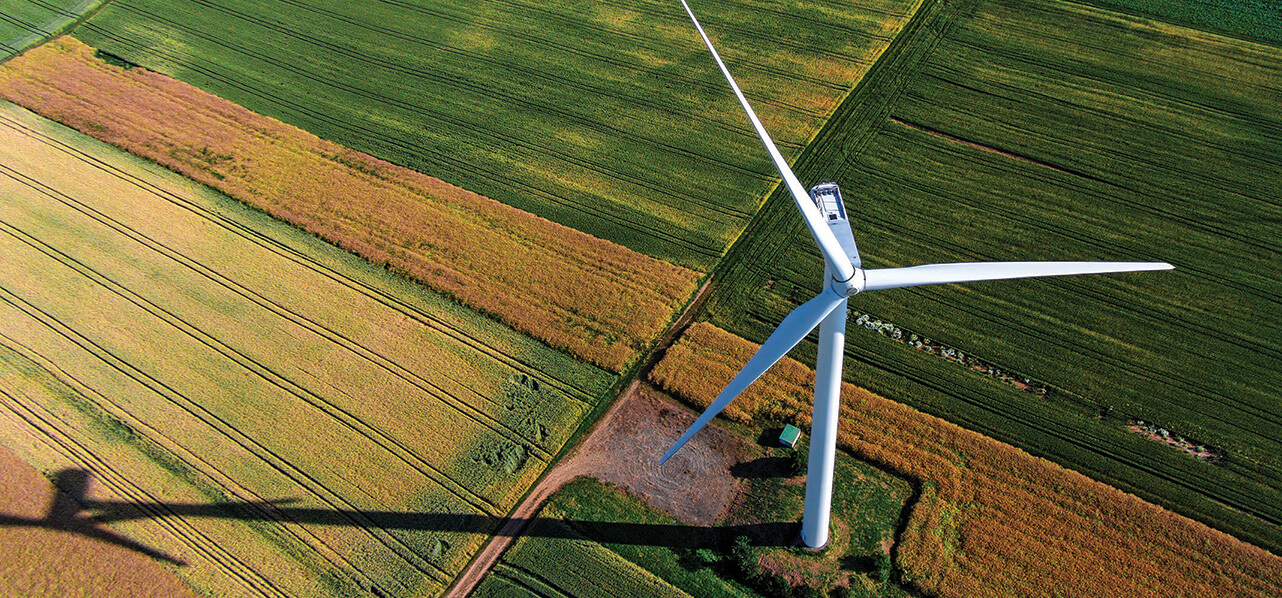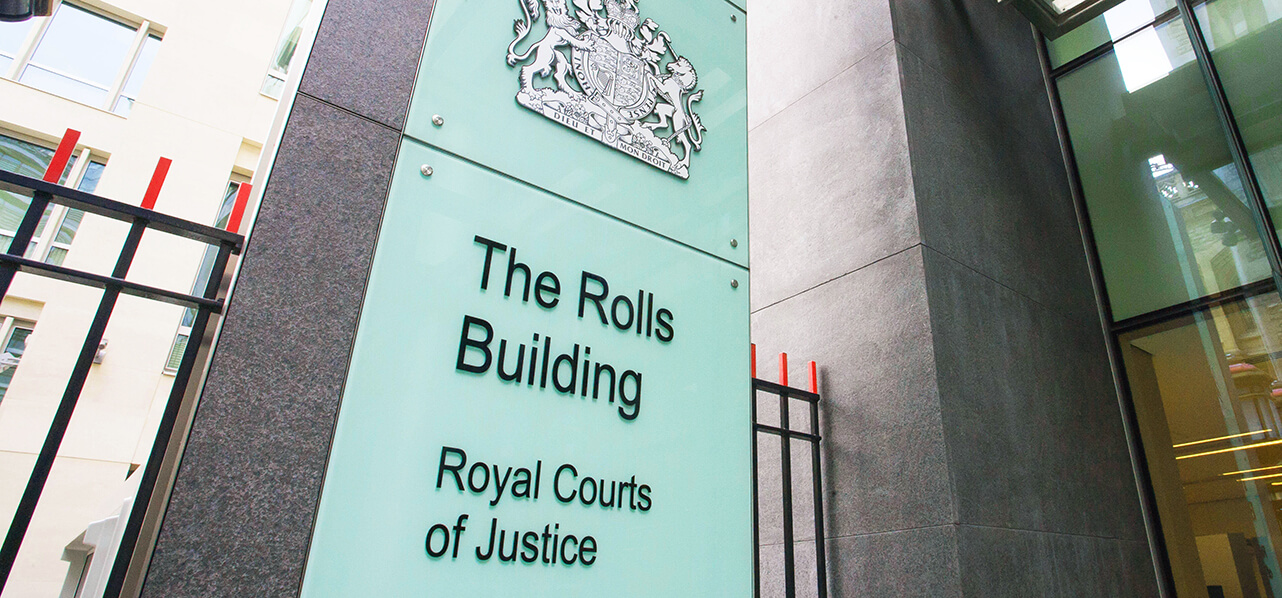The Royal Decree-Law 23/2020 (“the RD-Law”), which approves measures in the field of energy and other areas for economic recovery, entered into force on 25 June 2020.
In this article, we provide a limited analysis of those changes introduced by the RD-Law which we believe will have the greatest impact on renewable energy projects currently under development in Spain.
How does RD-Law affect my project under development?
The RD-Law applies to generation projects currently under development. The main modifications a developer must take into account are the following:
- Milestones
- Access permits for electricity generation facilities granted prior to the entry into force of RD-Law 23/2020 must comply with the following deadlines starting from the entry into force of RD-Law 23/2020:
| Access permit date | ||
|---|---|---|
| 28 /12/2013 to 31/12/2017 | 01/01/2018 to 24/06/2020 | |
| Application for the connection permit | N/A | 6 months |
| Admission of the Prior Administrative Authorisation application (AAP) | 3 months | 6 months |
| Granting of favourable DIA¹ | 18 months | 22 months |
| Granting AAP | 21 months | 25 months |
| Granting AAC² | 24 months | 28 months |
| Granting AAE³ | 5 years | 5 years |
- Additionally, from the entry into force of the RD-Law, a six-month maximum term is established to request a connection permit or grant an access permit should it be posterior;
- Access permits for electricity generation facilities granted after the entry into force of RD-Law 23/2020 must meet the following milestones, starting from the date of the access permits:
| Deadline | |
|---|---|
| Application for the connection permit | 6 months |
| Admission of the Prior Administrative Authorisation application (AAP) | 6 months |
| Granting of favourable DIA | 22 months |
| Granting AAP | 25 months |
| Granting AAC | 28 months |
| Granting AAE | 5 years |
- Failure to provide evidence to the corresponding grid operator of the fulfilment of said milestones will mean the automatic expiration of all access and connection permits and the immediate execution of their guarantees. An exception might be made if, for reasons not attributable to the developer, a favourable environmental impact statement cannot be obtained. In this case, it is possible that the pending Royal Decree and Circular on developing access and connection procedures to be approved within three months, will expedite the process for the potential execution of access and connection guarantees.






